Courses Infomation
The AMS Ads Profit Formula by Marco Moutinho
The AMS Ads Profit Formula by Marco Moutinho
**More information:
Description
Discover How to Boost Your Sales With AMS
Are you a self-published author and struggling to get your book out there and drive traffic?
Do you have multiple books published and want to drive more traffic?
Have you published books that no longer get sales?
If so, I have the perfect formula to drive traffic and boost your sales
In this course, I go over every aspect of AMS and how to get started. The exact formula I use that has quadrupled my sales in a single month.
If you want success with self-publishing on Amazon then understanding how to market your books through Amazon Marketing Services is absolutely vital.
Hi, I’m Marco
And I want to teach you how I went from $1,000 in sales from Kindle Publishing to almost $4,000 in sales in a single month without publishing any more books.
I have a formula for AMS to drive traffic and generate sales while maximizing ad performance and reducing the amount you spend on ads.
I have been studying AMS for over a year now and I finally have a concrete strategy that works and produces amazing results.
I have been able to almost 4X my book sales over a single month by implementing the formula contained within this course.
I designed this course to teach you exactly how you too can skyrocket your sales using AMS. After months of testing, overspending on ads, and trying various ad strategies, I finally have a solution that works consistently, book after book.
Before the Formula – February 2018
After Implementing the Formula – March 2018
So What Changed?
I systemized my approach to AMS and started doing things differently from other AMS users. My intent was to find an approach to AMS that can work with most books. Also, I wanted to find out if it was possible to bring old, dead books, back to life.
After testing, creating a concrete bid strategy, a strategy to approach new ads and new books, and running the formula on multiple books, I discovered that I had found a solution that works for a majority of the books I have published!
So, I started implementing the formula for all of my books to see how it would play out and the kind of results I could get.
And bam, I almost 4X my publishing income in a single month.
The reason why the jump was so big was that I was able to revive old books that hadn’t sold a copy in months while drastically boosting currently selling books.
The trick is finding the best keywords that perform for your specific book(s)
No assumptions are made on which keywords work and which don’t. I let the market do the talking.
The formula revolves around how to find the best performing keywords for your books and how to optimize them to consistently produce.
Keywords That Produce – Max Performance Keywords:
This is directly from one of my best performing ads. These results aren’t typical but the best way you can find them is by following the exact formula I have laid out for you inside this course.
A More Typical Result – Research Phase:
And – Research Phase:
Not every ad is going to produce amazing results, but without the formula, you will struggle to achieve anything close.
The AMS Ads Profit Formula
Inside this course discover how I completely boosted my book sales following a single formula to maximize my ad performance
- How to get started marketing your books with AMS
- Keyword types you never knew existed
- Why your ads aren’t performing and how to reverse that
- A precise bid strategy that gets you the best results and maximizes your ads performance
- The truth about bids and the best strategy when getting started
- How to get ads to produce 10% or less in ACoS
- The 11 exact steps to take you from 0 to profit with your ads
The Ultimate AMS Course
-
How to Optimize Your Ads
Discover how to optimize your ads to maximize your profits while reducing your ad spend.
-
Keyword Strategy
Discover how to find, optimize, and maximize your keywords to maximize your profit and find the best keywords to drive traffic to your books on Amazon.
-
Ad Strategy
The most cost-effective strategy to leverage AMS to drive traffic to your books, boost sales, and discover keywords that work best for your book.
More information about SEO Marketing – Traffic:
Search engine optimization (SEO) is the process of increasing the quality and quantity of website traffic by increasing the visibility of a website or a web page to users of a web search engine.
SEO refers to the improvement of unpaid results (known as “natural” or “organic” results) and excludes direct traffic/visitors and the purchase of paid placement.
SEO may target different kinds of searches, including image search, video search, academic search, news search, and industry-specific vertical search engines.
Optimizing a website may involve editing its content, adding content,
and modifying HTML and associated coding to both increase its relevance to specific keywords and remove barriers to the indexing activities of search engines like Google ,Yahoo etc.
[citation needed] Promoting a site to increase the number of backlinks, or inbound links, is another SEO tactic. By May 2015, mobile search had surpassed desktop search.[
As an Internet marketing strategy, SEO considers how search engines work, the computer-programmed algorithms that dictate search engine behavior,
what people search for, the actual search terms or keywords typed into search engines, and which search engines are preferred by their targeted audience.
SEO is performed because a website will receive more visitors from a search engine the higher the website ranks in the search engine results page (SERP).
These visitors can then be converted into customers.
SEO differs from local search engine optimization in that the latter is focused on optimizing a business’ online presence so that its web pages will be displayed by search engines
when a user enters a local search for its products or services. The former instead is more focused on national or international searches.
What is SEO Traffic?
There are two types of website traffic:
Organic traffic: This is traffic that you don’t pay for directly. It includes people who click through to your website from your social media pages, your email newsletter, Google’s search results, and so on.
Paid traffic: This is traffic that you pay for directly. It includes people who click pay-per-click (PPC) ads, as well as those who hear about you through influencer marketing, newsletter or podcast sponsorships, and other forms of paid advertising.
SEO stands for search engine optimization, and is a process of optimizing your website with the goal of ranking higher on search engine results pages (SERPs) and ultimately increasing traffic.
In theory, the term SEO refers to all search engines, but in practice, it’s Google that matters most as they have an 87.35% share of the search market, with Bing being a very distant second at 5.53%, and Yahoo taking third place with 2.83% of the market.
SEO traffic is organic traffic that comes from search engines, in other words, people who typed a keyword or query into Google, looked through the search results, and then clicked through to your website.
Note that this doesn’t include paid search engine traffic, meaning those who entered a query into a search engine, and then clicked on your PPC ad that was displayed above the search results.
You can monitor organic traffic from SEO using tools like Google Analytics and Google Search Console. If you want to learn more about these tools, check out our guides on SEO Analytics and SEO Tracking.
Why Is SEO Traffic So Important?
Organic traffic comes from your online assets such as your social media following, your email newsletter, and your blog.
As you probably know, these assets take time to build, but over time the traffic you generate can often be much less expensive than paid traffic.
For example, it takes time to get a blog off the ground, but if you keep at it, the organic traffic can start to grow exponentially. Aas your SEO traffic grows over time, this means you may be able to reduce your paid advertising budget (or even eliminate it entirely!).
It’s important to keep in mind that SEO traffic isn’t free. You will need to either create content yourself, in which case you have to consider the cost of your time, or hire someone to create it for you.
However, you should see this as an investment, since content that ranks well on Google can generate traffic for years with minimal additional effort on your part (you may want to keep it updated, though).
Salepage : The AMS Ads Profit Formula by Marco Moutinho
More From Categories : SEO – TRAFFIC
Curriculum:


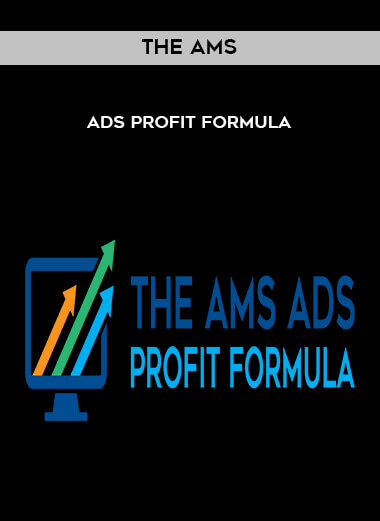
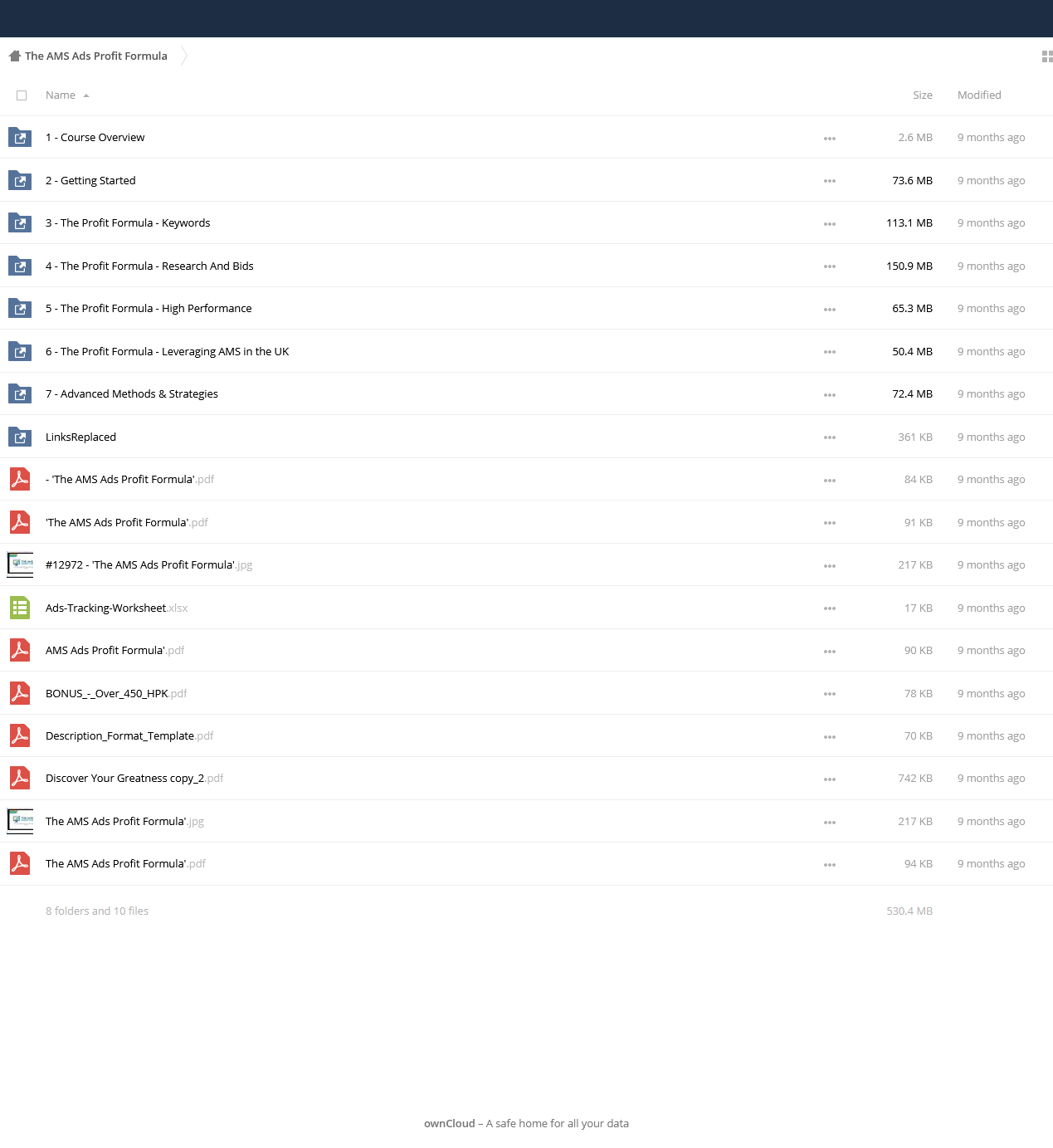
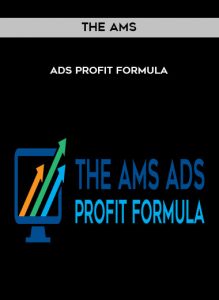
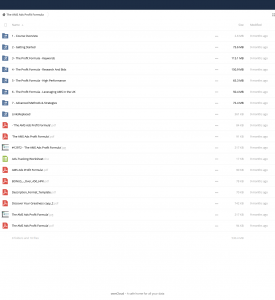

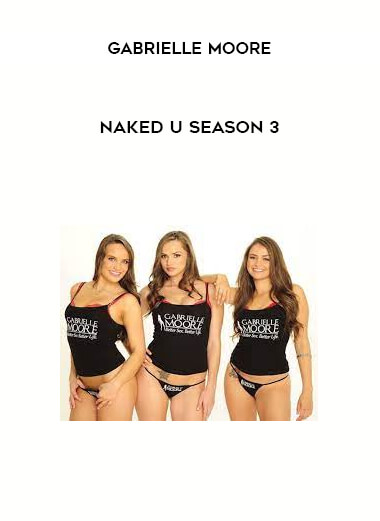


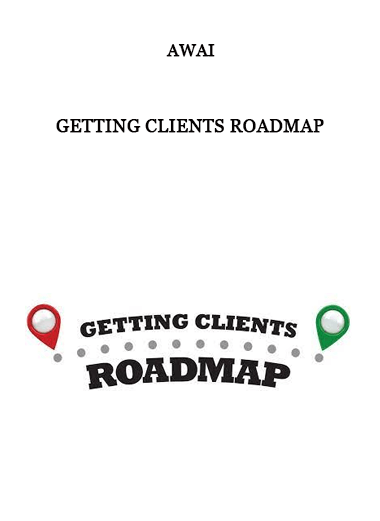

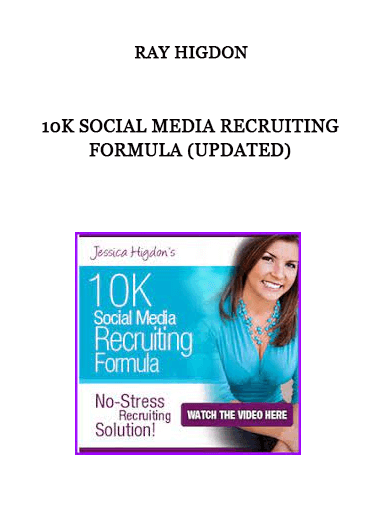
![Peter Titus - Create Your Own Automated Stock Trading Robot In EXCEL! [39 Video (MP4) + 2 Document (HTML)]](https://crablib.info/wp-content/uploads/2021/02/Peter-Titus-Create-Your-Own-Automated-Stock-Trading-Robot-In-EXCEL-39-Video-MP4-2-Document-HTML.jpg)
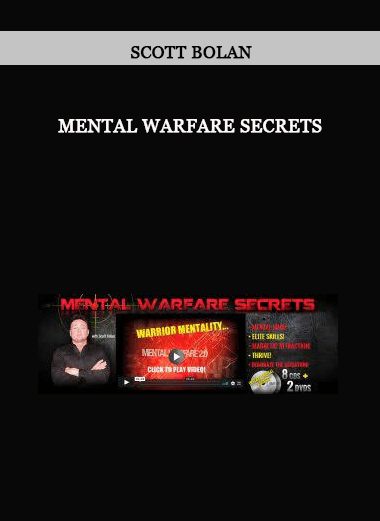
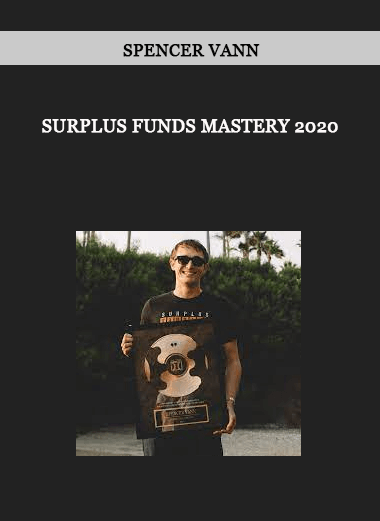
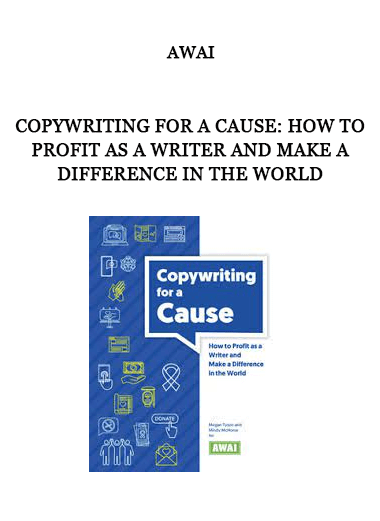



















Reviews
There are no reviews yet.